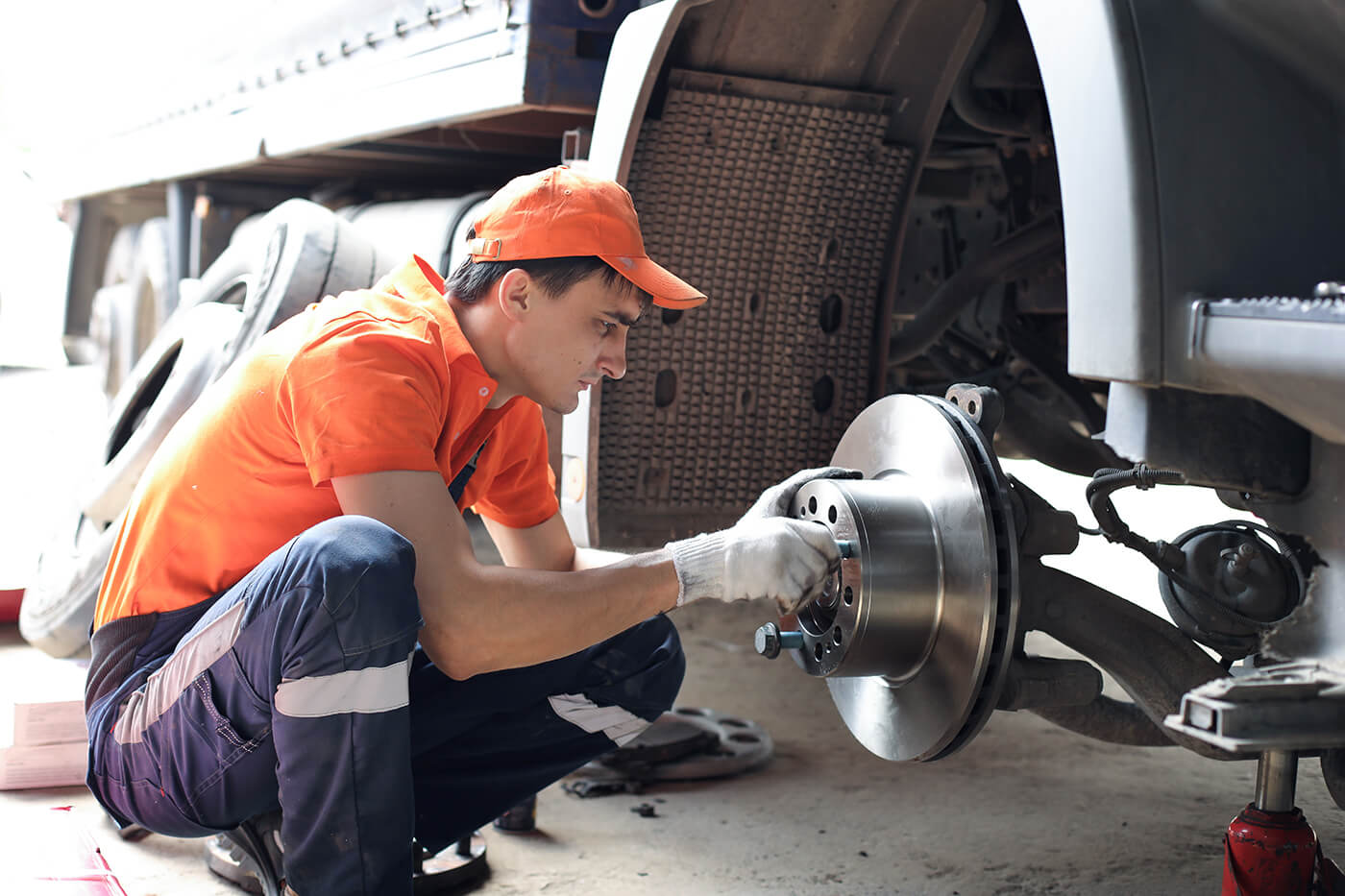Mark your calendars! The Commercial Vehicle Safety Alliance’s (CVSA) Brake Safety Week is September 15-21, 2019. Throughout the week, CVSA officials will be conducting roadside inspections on commercial motor vehicles across North America to bring awareness to the importance of brake safety.

CVSA Brake Safety Week 2019 Overview
Each year, the CVSA sponsors Brake Safety Week, a week-long initiative highlighting the importance of brake safety and ensuring commercial motor vehicle (CMV) drivers are maintaining compliance.
Enforcement officials will be on the road Sept. 15-21 conducting vehicle safety inspections, primarily focusing on brake systems. Vehicles with critical violations will be prohibited from driving until the violations are corrected.
This year, inspectors will be putting a special focus on brake hoses and tubes to emphasize their importance within the brake system.
According to the Federal Motor Carrier Safety Administration (FMCSA), more than half a million CMV violations in 2017 were related to brakes.
During a brake safety inspection blitz on May 15, 2019, 16.1 percent of commercial motor vehicles were placed out of service for brake violations. Many of those vehicles had brake violations related to hoses and tubing.
It’s always crucial to ensure your brakes are operating correctly, but during this year’s Brake Safety Week, do your part to ensure your brakes are in excellent condition. You’ll avoid violations and downtime, as well as set a great example for other drivers.
The Importance of Brake Safety
The primary goal of CVSA Brake Safety Week 2019 is to reduce the number of crashes caused by faulty brake systems. The roadside inspections during Brake Safety Week will help remove unsafe commercial vehicles to help keep the roads safe and ensure that drivers and fleet managers learn the consequences of brake violations.
Aside from keeping the public, your drivers and your assets safe, there are many benefits to brake safety.
Routinely inspecting your brake systems and replacing faulty components will help ensure the maximum safety and lifespan of your parts and your assets. This will both ensure uptime and positively impact your bottom line.
Tips for Proactive Brake Maintenance
The best way to ensure your brakes are safe and performing properly is to be proactive in their maintenance. An effective fleet maintenance system helps prevent downtime and costly issues.
Here are a few integral procedures to include in your fleet maintenance plan to ensure brake safety.
Inspections
Without thorough vehicle inspections, you have no idea what’s going on under the hood of your assets. According to FMCSA regulations, drivers are required to perform Daily Vehicle Inspection Reports (DVIR).
DVIRs not only ensure your drivers maintain compliance on the road, they also alert you to issues and ensure you remain proactive in your maintenance plan. With electronic DVIR (eDVIR), drivers can quickly complete inspections and alert fleet managers to any issues.
For example, if a rubber hose is chafed, a fleet manager can be alerted and inform the maintenance team to prepare to replace it. This form of seamless communication keeps you and your team engaged and proactive in maintaining asset health.
Does your DVIR show signs of brake issues? If so, be sure to address these issues prior to Sept. 15-21.
Preventative Maintenance Schedules
Leveraging inspection data is a great way to gain insight into when your assets need routine, preventative maintenance.
Having a preventative maintenance (PM) schedule in your fleet management plan helps you easily keep track of brake maintenance tasks. With fleet maintenance software, you can set service schedules and reminders to maximize vehicle safety and road readiness.
In your PM schedule, be sure to set reminders for brake maintenance. Some tasks to keep in mind for preventative brake maintenance include replacing items like tubing and hoses, pads, drums and rotors. You should also be sure to check for air and hydraulic fluid leaks.
These tasks can be added to your PM schedule and help maintain safety, compliance and asset health. This way, you can stay on top of routine servicing, helping you keep your brakes and other components in ideal condition.
How Brake Safety Impacts Your Bottom Line
While the safety of the public and your drivers is the number one reason to keep your brake systems well-maintained, defective brake systems can impact your bottom line in many ways.
Poor brake systems can lead to accidents, which can cause downtime, costly repairs and possible lawsuits. In extreme cases, not maintaining your brakes could cost your company thousands of dollars.
Aside from accidents, not keeping up with brake maintenance can cause unplanned expenses and downtime. Worn out rotors can take a significant amount of time to repair, keeping your vehicle in the shop longer and impacting your bottom line.
The best way to prevent negative impacts on your bottom line is to be proactive in vehicle maintenance. If you are staying on top of inspections and preventative maintenance, you can budget for routine part replacements and avoid unexpected costs.
Stay on top of brake safety with fleet management software! Request a demo or start a free trial of Fleetio today.



